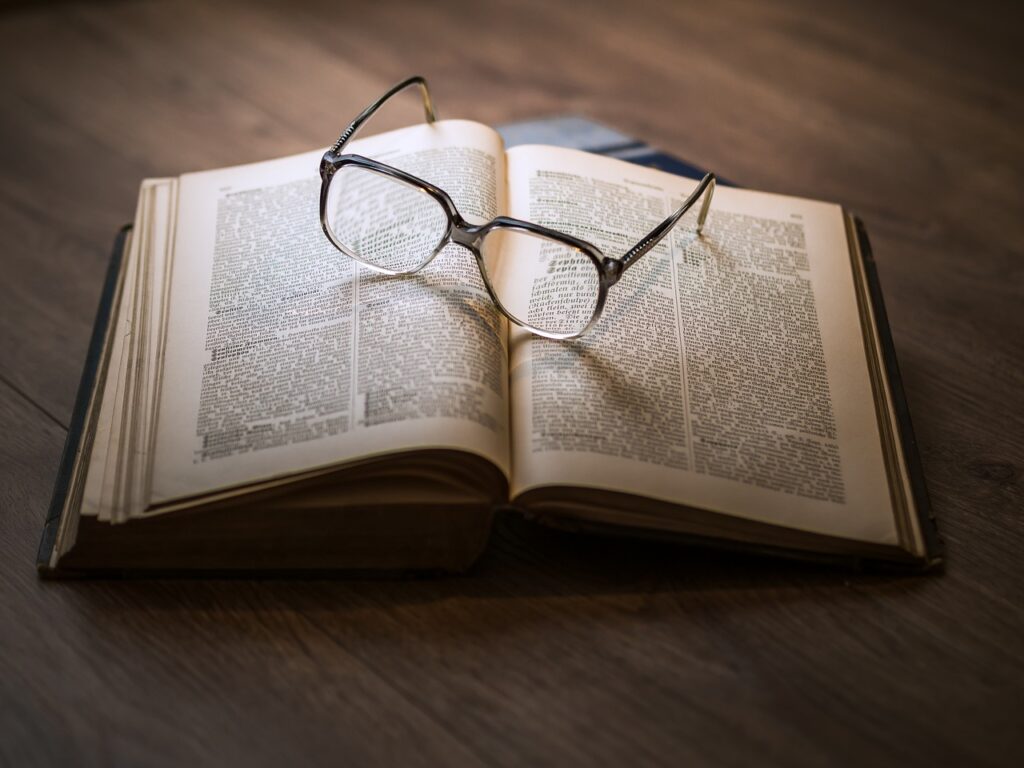Because there are em dashes! Get it? …No? So much for our education systems. Let me explain.
Before we can discuss the uses of dashes in fiction writing, we must first describe hyphens, en dashes, and em dashes:
Hyphens are smaller than dashes and used for connecting letters of a compound word (e.g., twenty-four hours, 100-meter sprint, and light-blue color). For more information on hyphens, see the article, Hyphenated. Non-Hyphenated.
En-dashes are bigger than hyphens but smaller than em dashes. They connect ranges of numbers and words together (e.g., January–May semester, a Dallas–Los Angeles flight, pages 87–94, history from 1998–2001, and 9:00AM–5:00PM job).
Em-dashes are bigger than both hyphens and en dashes. This punctuation mark is typically used to connect two similar phrases together but has additional uses in fiction writing to signal abrupt changes in topics—that is, interruptions—and improve readability.
From a visual standpoint, this is the difference:
– Hyphen
– En dash
— Em dash
Do you now see where the names en dash and em dash come from? No. Let’s make it even clearer.
– En dash
n
— Em dash
m
En dashes are n-sized, and em dashes are m-sized—close to it, anyway. Its exact size is dependent on the font.
While hyphens and en dashes don’t really have a difference between fiction writing and any other type of writing, em dashes
are a special type of punctuation mark that have been given additional functions within the creative writing sphere. Most commonly, em dashes are used for interruptions, as seen in this example:
Jerry sat in the passenger’s seat of the car, staring out the window while Tom drove. Trees whizzed by on the country road, though the sky remained anchored in place. On the wooden, drooping telephones poles were countless birds. Some had to have accidentally electrocuted themselves, didn’t they? How else could they have learned where to safely perch? It must have been—
Metal bent as Jerry’s head slammed forward, only to be thrown back by the airbag. For a few moments, he was too dazed to move. When he did push the deflating airbag aside, Jerry took a deep breath. What had happened? Jerry looked into the side mirror to see a smoking car behind them. Somebody had slammed into them. Tom was outside, already arguing with the man despite the gash on his forehead.
“Were you”—Tom stabbed a finger into the other driver’s chest—“even paying attention to the road?”
“Me? You’re the one who—”
“Don’t try to turn this around on me!” Tom interrupted. “You idiot, you could have gotten us—”
“Who are you calling an idiot?”
In the example above, you can see three types of interruptions: interruption of narrative by an external force, interruption
of dialogue by another speaker, and interruption of a singular sentence in dialogue via action. However, there is also a fourth type of interruption: self interruption. In other words, an abrupt change in topic by a single speaker.
For example:
Professor Harold spoke from the lectern about the importance of history. “It can be—no, is!—the most useful topic to learn if you wish to predict the future, for the path of mankind is a cyclical one. The best—and worst—of all mankind’s acts can be found within the past and, thus, within the future…”
Harold droned on as Jennifer sat at the back of the class, daydreaming. What were the point of these lessons? Did anybody really care about history that much, or was the professor trying to justify his own career? She just couldn’t care about—what was that? Jennifer turned her head, catching the glimpse of shadows slithering against the wall. Yet, nobody was standing in the backrow or anywhere near the wall. Jennifer followed its progress, concerned.
Aside from interruptions, em dashes are useful for replacing parentheses and commas to improve the readability of a
paragraph. While the use of commas might be more common knowledge, parentheses are often used by authors to include secondary information that isn’t the main focus on the narrative. For more questions on parentheses, check out our article, Parentheses (Are For Suckers). For the scope of this article, we’ll simply focus on the fact that em dashes can be used as a replacement for parentheses in all scenarios.
Jessica reviewed the items that she’d packed for her hiking trip: two shirts and skirts, three pairs of socks, one
jacket, and a tube of 30-SPF sunscreen (the store had been out of 50-SPF tubes).
Rewritten:
Jessica reviewed the items that she’d packed for her hiking trip: two shirts and skirts, three pairs of socks, one jacket, and a tube of 30-SPF sunscreen—the store had been out of 50-SPF tubes.
The additional difference here is that, whereas a closed parentheses symbol was needed in the first version, another
dash is not needed at the end of the sentence.
The other example is to replace commas in a long sentence to improve readability. Example:
The undergrowth, containing a myriad of tall weeds, decaying plant matter, and parasitic vines, was blanketed in snow, having fallen the night before.
Rewritten:
The undergrowth—containing a myriad of tall weeds, decaying plant matter, and parasitic vines—was blanketed in snow, having fallen the night before.
The final major use of em dashes is for emphasis. Trying to bring more attention to a line of writing? Take this example—without emphasis:
The stars were far darker tonight than before. They were too dark. That was a bad sign. The Ven, the living darkness, was creeping closer and not even the stars could stop it.
Now again—with emphasis:
The stars were far darker tonight than before—too dark. That was a bad sign. The Ven, the living darkness, was creeping closer and not even the stars could stop it.
Pretty easy, right? Yeah, there’s nothing to it. There’s only thing you have to do—practice. Like in all things, practice makes perfect.
Like in all other cases regarding punctuation, use em dashes as frequently or as seldom as you want. Admittedly, we use them extensively—perhaps too much. That doesn’t mean you have to. In fact, you don’t have to use them at all. In either case, do what feels right for your style and don’t worry too much about what the style guides say.
Note: Ensure that you are using “—” and not “–” when using em dashes. It simply looks more professional and is the industry standard. However, having spaces around an em dash (i.e., “phrase one — phrase two” instead of “phrase one—phrase two”) is an acceptable alternative and was used in Harry Potter extensively. Can’t exactly argue with J. K. Rowling’s success, right? It doesn’t matter if you have spaces between phrases and an em dash—all that matters is consistency.



